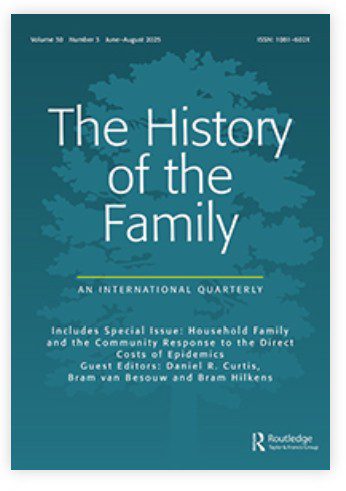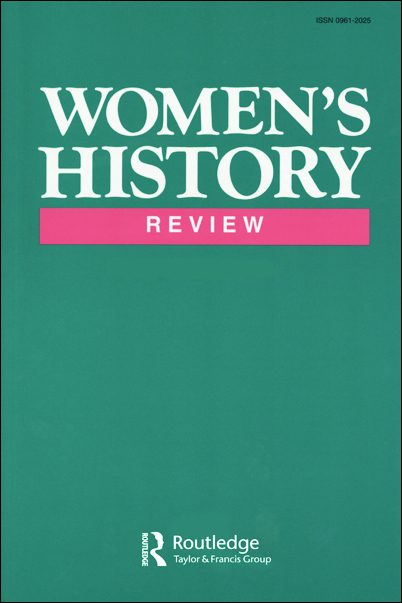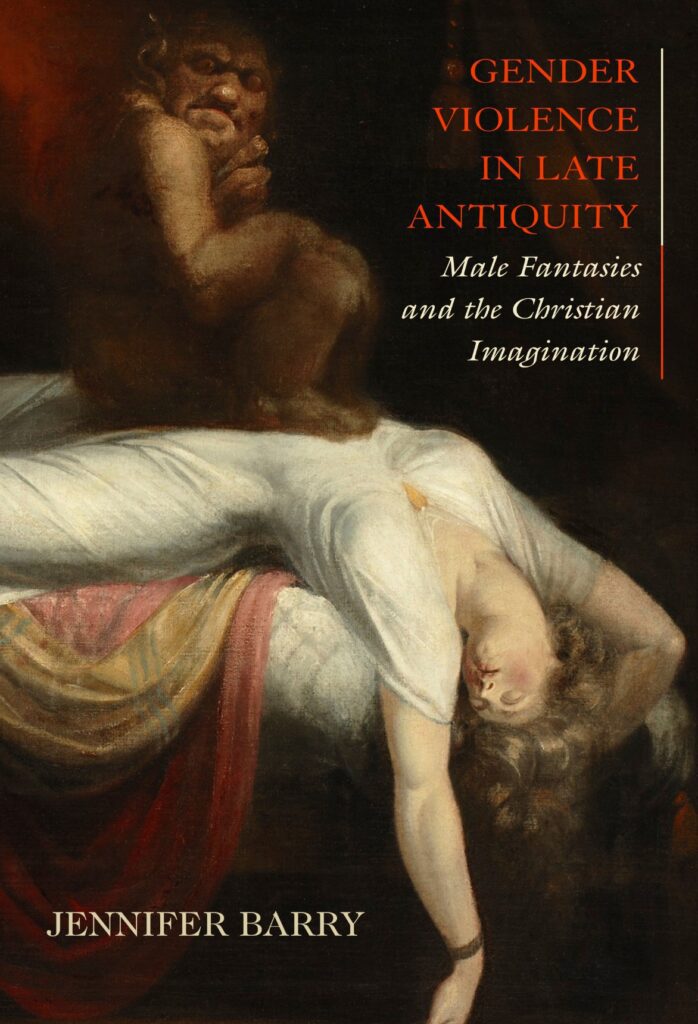
Red Scare: Blacklists, McCarthyism, and the Making of Modern America

news, new scholarship & more from around the world







The Confluence Symposium is not a celebration, but rather an acknowledgement of Fort Calgary’s colonialism roots that aims to engender meaning from 150 years of settler history and Indigenous experiences. Above: North West Mounted Police barracks, Fort Calgary, 1891,



Swift’s modest proposal was that the poor breed their children as food for the elites. Tapping into the New World discourse of cannibalism, Swift wrote:
I have been assured by a very knowing American of my acquaintance in London, that a young healthy child well nursed is at a year old a most delicious, nourishing, and wholesome food, whether stewed, roasted, baked or boiled, and I make no doubt that it will equally serve in a fricassee, or a ragout.





Bodies of dead Confederate soldiers awaiting burial lay in a ditch called “Bloody Lane” during the Battle of Antietam.



Tenants in Harlem on a rent strike, 1919

First suggested in ancient Greece, the four ‘humours’ personality types have shaped how we view ourselves for thousands of years – and still look oddly familiar today.






Statues in a park in Shanghai, China recognise women forced into sexual slavery by the Japanese during World War II.









In 1946, U.S. Navy veteran Isaac Woodard, Jr., was left blind following a racist attack by a South Carolina police officer. The Daily Worker was one of the few national news outlets to report on the incident of racist police violence. Here, his mother reads him the story about the attack from the July 13, 1946 issue.

George Orwell’s dystopian novels Animal Farm and 1984 have remained popular in the U.S. ever since their initial publication in the 1940s. What’s less well known is that in the years before their publication… Orwell’s writing often focused primarily on other themes including work, poverty, anti-imperialism and democratic socialism. In fact, Orwell remained a committed democratic socialist until his death in 1950.


The Adolescent Family Life Act (AFLA), nicknamed the “chastity bill,” was a federal law that provided funding for teen pregnancy prevention under Ronald Reagan’s Omnibus Budget Reconciliation Act of 1981. AFLA specifically funded programs that solely promoted abstinence, and specifically did not provide funding for any programs that taught about abortion or contraception. This often led to direct federal funding of religious abstinence-only programs, and led to a loss in funding for comprehensive sex ed programs.




